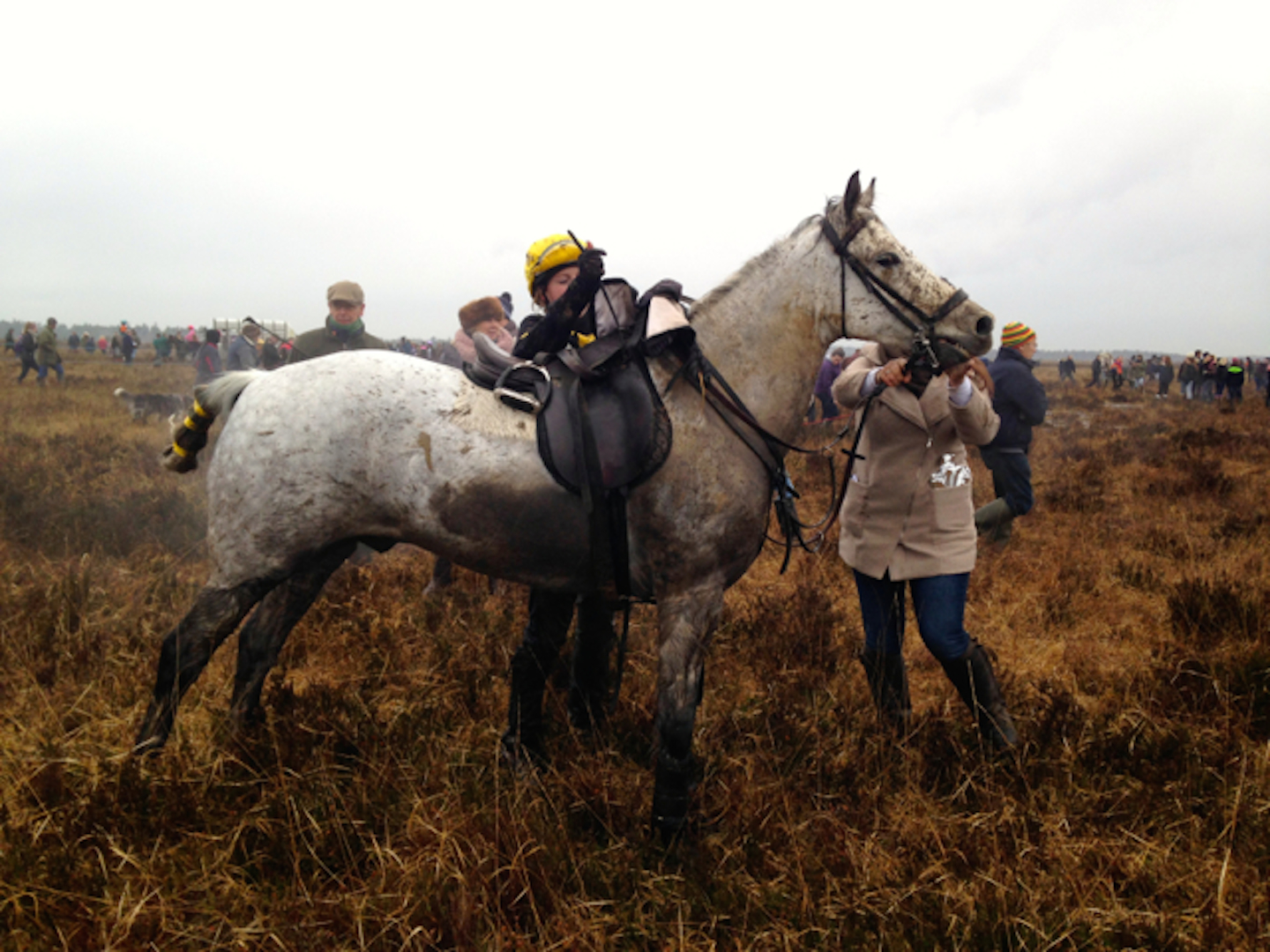Commoning is an agrarian system that has been practiced on the New Forest since before the Norman Conquest in 1066 and is one of the most ancient forms of agriculture known to man. The basic principles, of farming by using shared resources of land and management of livestock, have experienced very little change for more than a thousand years. The sense of community between the commoners and the social customs and traditions that maintain the cultural heritage of the New Forest can still be observed in events such as the annual drifts, during pannage season, at the pony sales and the point-to-point races. Indeed some of the practices of today’s commoners would even be familiar to those of a bygone age. Many commoners, for example, continue to patrol the territories and shades of their ponies and cattle on horseback. Likewise, the Agisters, who are employed by the Verderers to help manage the commonable stock, are also required to ride their areas frequently and are expert horsemen.
Tools for a working Forest
However, modern advances have afforded some labour saving tools that today’s commoners would probably not want to be without. Principle of these is the motorcar. Commoners and Agisters have vehicular access to the New Forest to enable them to carry out the routines and requirements of stock management. It is not unusual therefore to see a 4X4, horsebox or even a livestock trailer travelling along the tracks and pathways. Visitors are often perturbed to see such vehicles on the Open Forest and I myself have been stopped before now and asked quite pointedly if I am lost! With all the opportunities for leisure on the New Forest it is easy for people to forget that it is a working forest too.
The frustrations and risks of careless parking
Commoning, whilst it does preserve and maintain the Forest ecosystem and adds to the visitor experience of the area, is nevertheless a form of farming. If an animal needs to be attended to or transported off the Forest, for whatever reason, it is very frustrating to arrive at a gateway only to find that access has been blocked by cars or campervans, which are parked there. It is even more frustrating if you have booked time off work or organised people to help in the rounding up and loading of animals onto the transport, only to have to repeat the process on another day. Other Forest users, including the emergency services, also find this situation frustrating and organisations including the Verderers of the New Forest, the Forestry Commission and the New Forest National Park Authority strive each year to educate visitors to the inconveniences and dangers of illegal and careless parking.
Horse-back, the age-old way
Nevertheless, for all its convenience to the commoners there are some Forest activities that cannot be undertaken by motor vehicle. The annual drifts or pony-rounds ups, which occur every autumn, are still conducted in the age-old way, on horseback. Teams of skilled riders mounted on fast, sure-footed ponies chase the ‘wild’ ponies across the Open Forest and into the pounds for processing. It is a method of stock management that has been used since the Middle Ages and, as long as the New Forest and commoning last, will continue long into the future.




You must be logged in to post a comment.